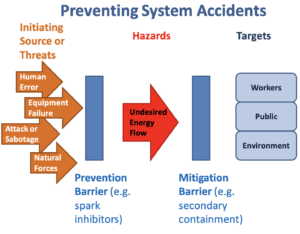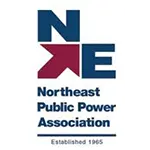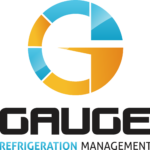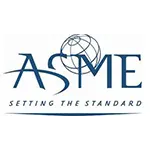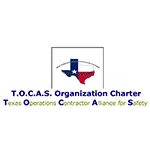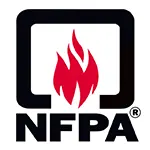CLICK HERE to Renew your Membership
CLICK HERE for a NEW Membership
CLICK HERE to see eligibility requirements for FREE Membership
If you have any questions, please contact me
SAFTENG has:
- Over 18,000 categorized unsafe acts/conditions and accident/injury photos
- Over 1,500 ppt's & doc's in the SAFTENG Library
- Over 4,000 Technical Articles on Process Safety, Emergency Response & OSH topics
- Over 450 videos (those not allowed on YouTube Channel)
Many THANKS to my NEW Members and those who CONTINUE to support SAFTENG:

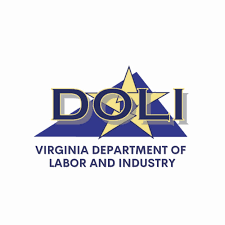







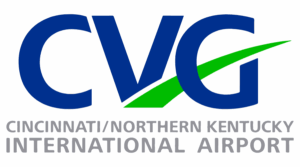

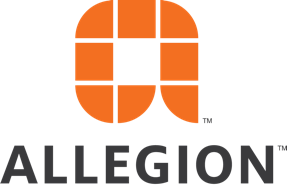
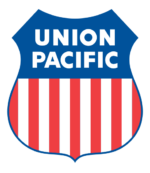

June 19, 2003
The main elements of a safety culture and their various interactions are previewed below. Each subcomponent will be discussed more fully below:
…
HomeRead More »
Read More
March 14, 2003
Approaches to health and safety vary considerably at all levels of management. As we will see, the Human Factors approach wins hands-down.
…
HomeRead More »
Read More
March 11, 2003
Human Reliability Assessments (HRA) start by analyzing operations proactively, looking at the types of potential human error and the probability of these happening. An organization must understand what effect such risk will have on safety. It needs to understand how to control or reduce human error so it’s As Low As Reasonably Practicable (ALARP). To assess the potential human errors within the organization...
Read More
March 5, 2003
I have mentioned the former plant managers that I was so privileged to have had to opportunity to work for these pioneers in safety. These were Chemical Engineers, but they were safety geniuses before their time. In 1996, I went to work for Dale Fannin, and I had no idea what I was in for. In two years, he taught me more about Safety Metrics than I have learned in the 20 years since. ...
Read More
November 20, 2002
INTRODUCTION Recent inspection programs for metallic pressure containment vessels and tanks have revealed cracking and damage in a considerable number of the vessels inspected. Safety and hazard evaluations of pressure vessels, as also presented in OSHA Instruction PUB 8-1.5, need to consider the consequences of a leakage or a rupture failure of a vessel. Two consequences result from a complete...
Read More
November 6, 2002
Twas the night before Christmas, when all through the house Not a creature was stirring, not even a mouse. When down through the chimney, all covered with soot Came the “Spirit of Fire,” an ugly galoot. His eyes glowed like embers; his features were stern As he looked all around him for something to burn. What he saw made him grumble-his anger grew higher For there...
Read More
March 22, 2002
The Incident: In September 2000, a steel lecture bottle located within a hood in a UNR laboratory ruptured with explosive force. The explosion occurred at night and no one was present in the laboratory at the time of the incident. There was, however, significant damage to the lab hood. The gas cylinder contained methyl nitrite (CH3ONO), which had been synthesized and transferred to the cylinder by...
Read More
May 12, 2001
In determining threshold quantities for toxic chemicals, OSHA used the Gaussian dispersion model. OSHA made the following assumptions:
…
HomeRead More »
Read More
December 23, 2000
On Tuesday, April 8, 1997, at approximately 8:59 a.m., a 5,700-gallon hydrochloric acid (HCl) storage tank ruptured during filling. The failure of the HCl tank caused a significant portion of its liquid contents (which totaled about 4,800 gallons of 31% HCl) to suddenly surge over the secondary containment. The force of the liquid also caused a break in the secondary containment wall. Witnesses described...
Read More
December 21, 2000
The use of risk controls or barriers to protect the people from hazards is a core principle of safety. Barriers are employed to serve two purposes: to prevent the release of hazardous energy and to mitigate harm in the event hazardous energy is released Energy is defined broadly as used here and includes multiple forms, for example: Kinetic, biological, acoustical, chemical, electrical, mechanical,...
Read More



